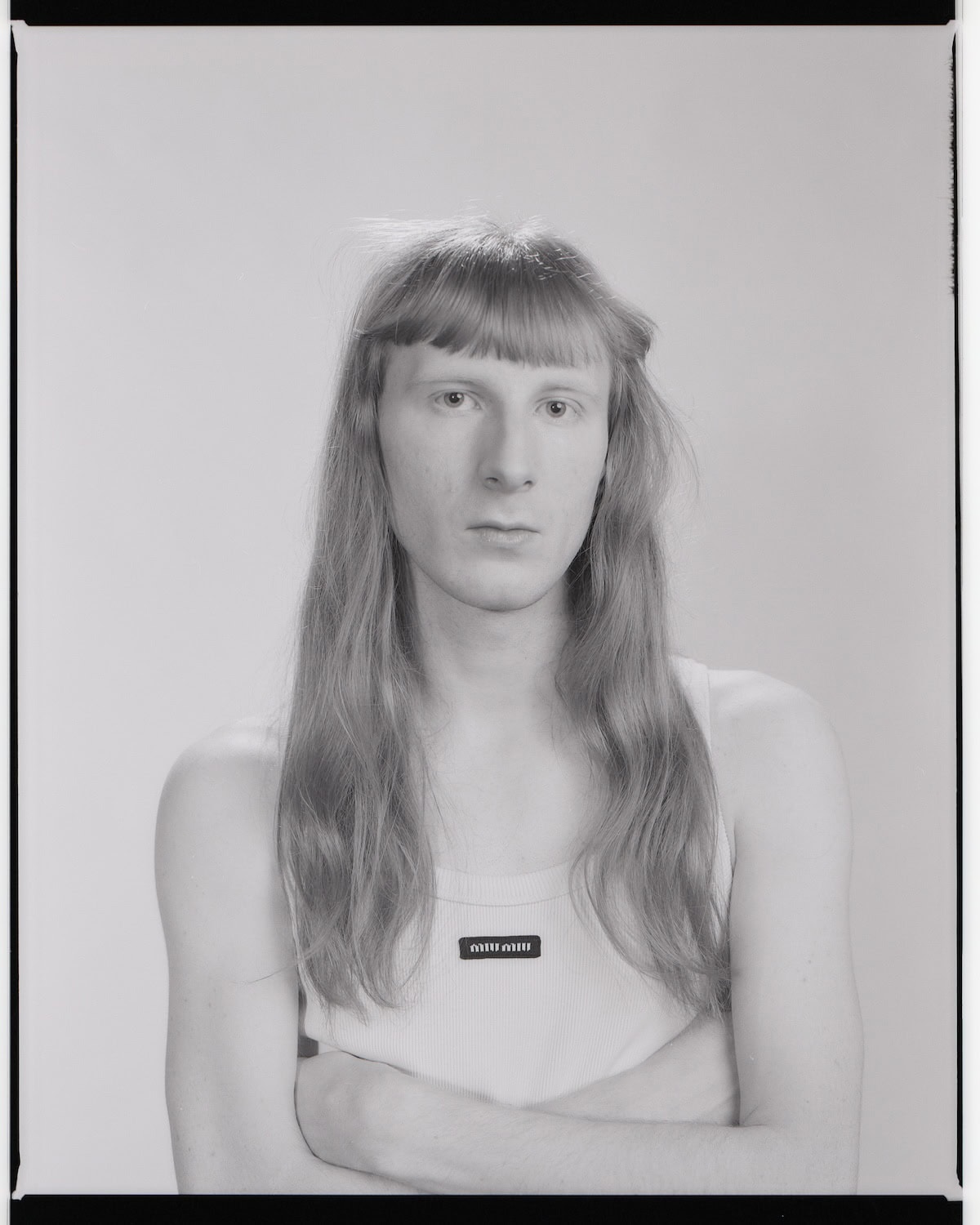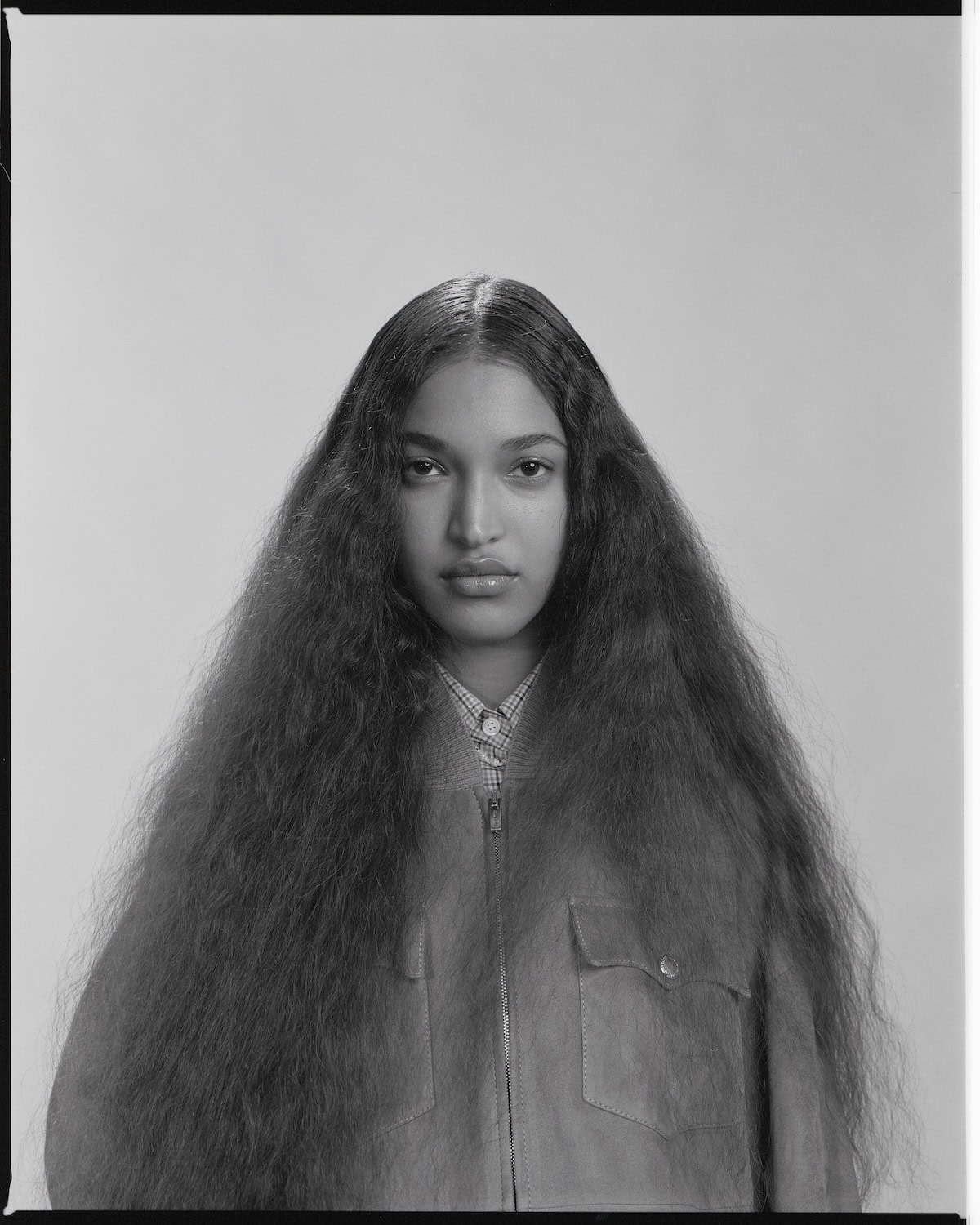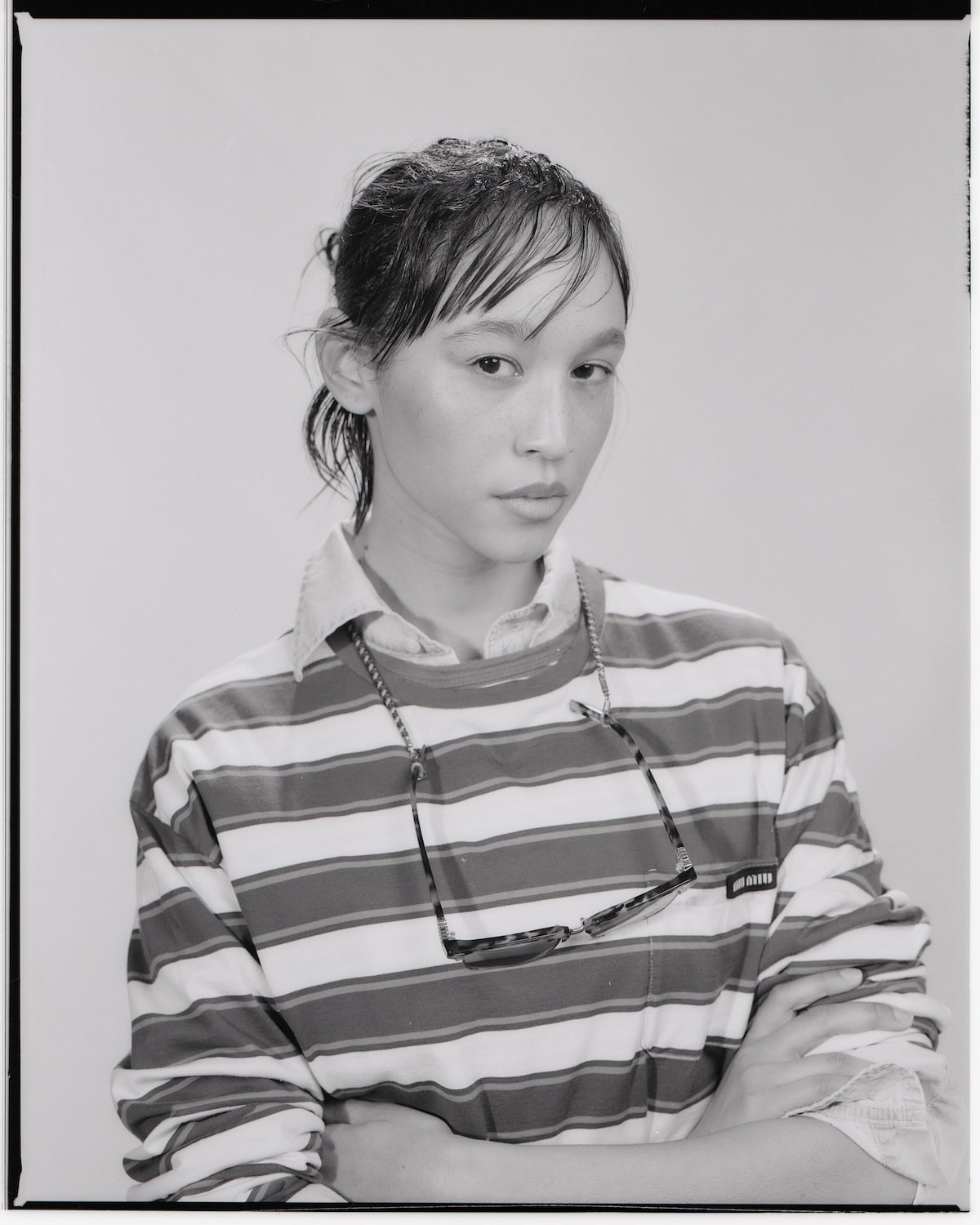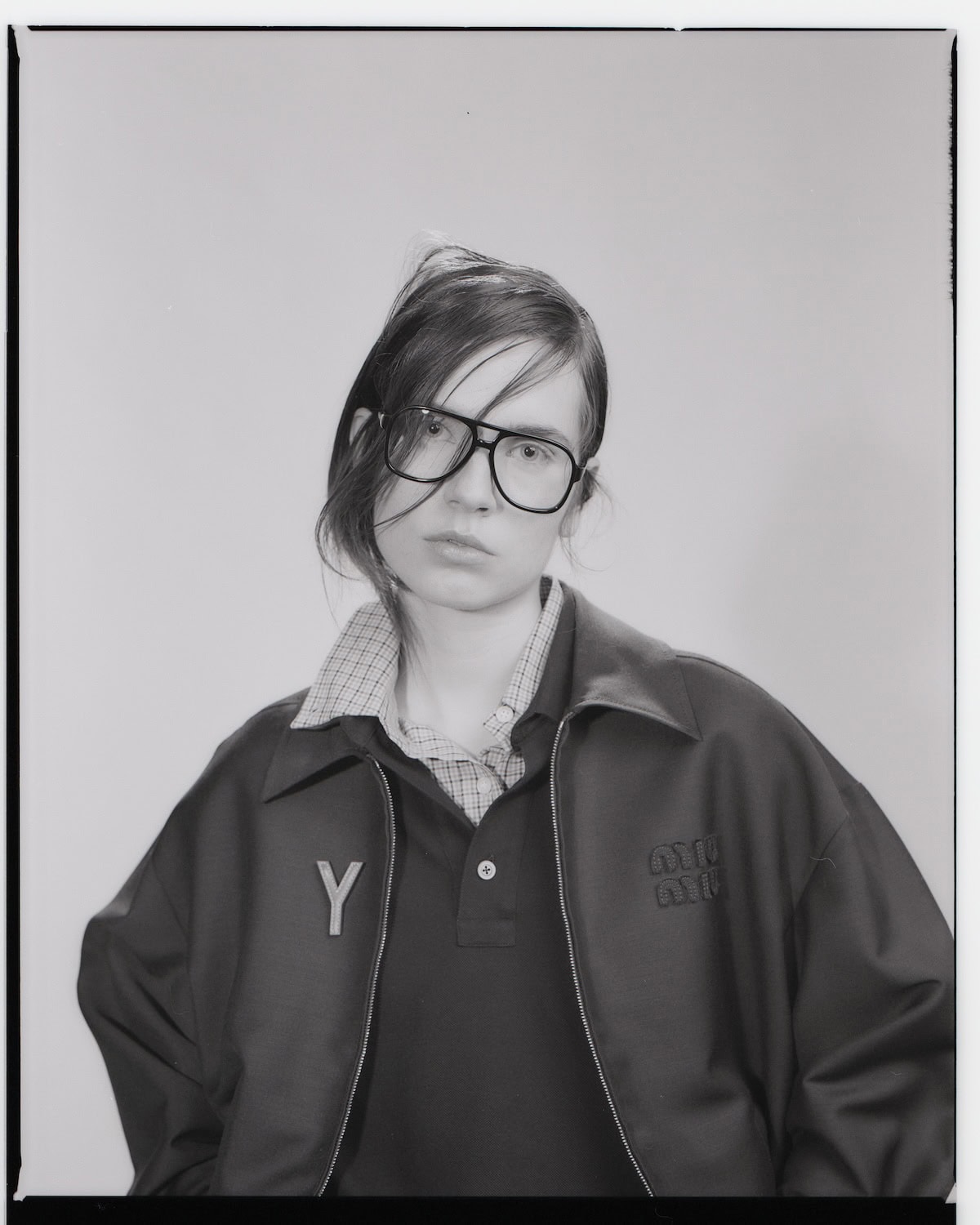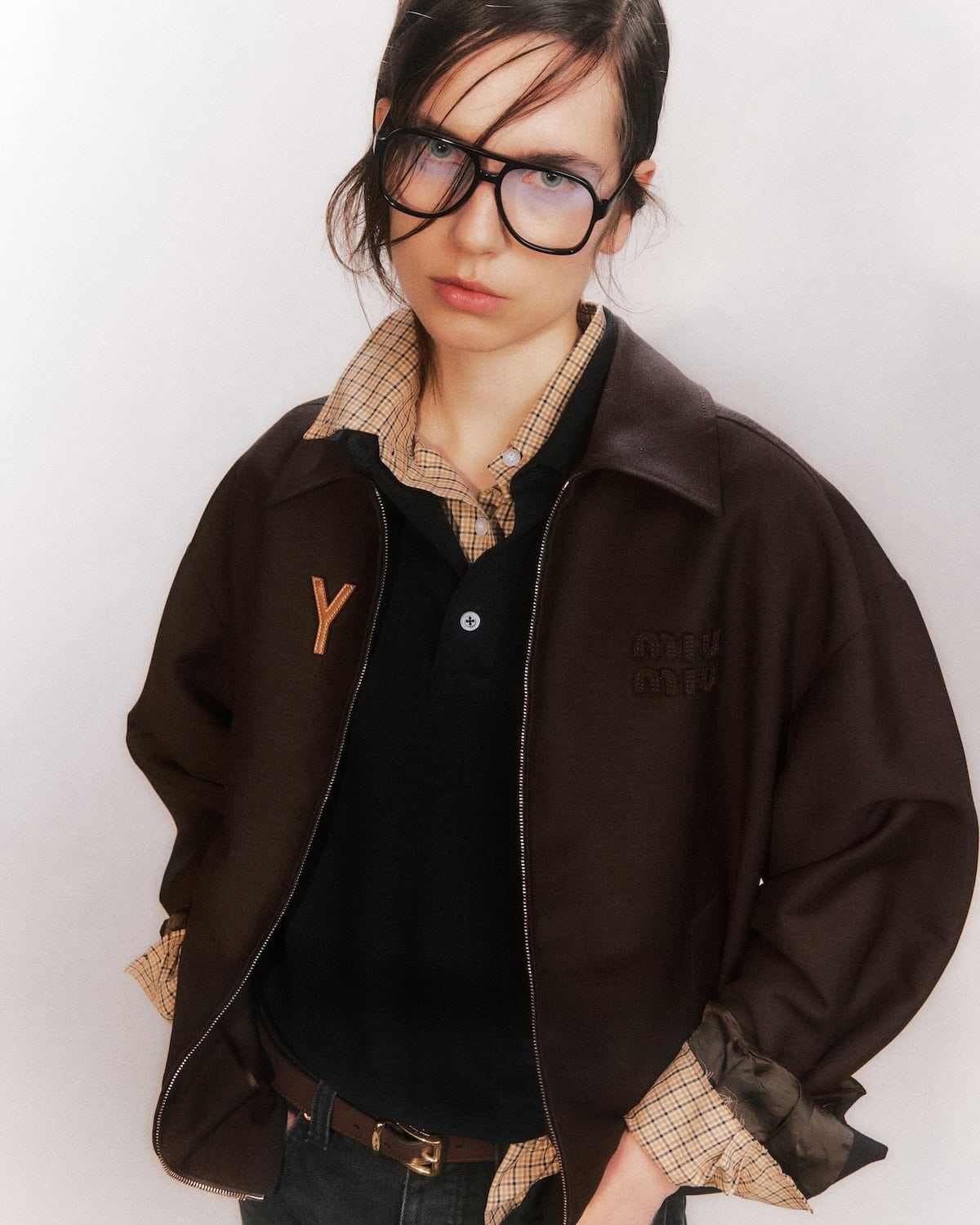Money talks, or so they say, but for many young people, it’s barely whispering these days. The financial freedom that previous generations once enjoyed feels like a distant memory for today’s youth. And while earlier generations may insist their wealth was and is purely the result of hard work (something they claim lazy Gen-Zers can’t understand), the reality is we’re navigating a much more precarious financial landscape—one defined by skyrocketing inflation, student debt, and stagnant wages. So it’s safe to say the financial future looks bleak, and it’s reshaping everything, including our approach to spending and saving when it comes to fashion. So then the question remains: In this economy, how do young consumers decide when and what to invest in when it comes to fashion?
It’s evident that given today’s financial panorama, most young consumers aren’t running to splash their cash on fashion investments. But, when they do choose to shop, their focus certainly isn’t luxury labels and status symbols. Instead, they gravitate toward quality, which explains the rise in love for vintage pieces—items with a story, longevity, and craftsmanship that stands the test of time. The concept of a “uniform” also resonates deeply with younger generations; they’re after versatile pieces that can be worn multiple ways. Creating a cohesive, adaptable wardrobe that works across different settings. The appeal lies in practicality and maximising each piece’s potential. They’ll even go as far as to calculate an item’s cost per wear before finalising a purchase. This emphasis on durability is also tied to their lifestyles. Young people are regularly exposed to situations which require flexibility—whether that’s moving frequently, travelling often, or being required to adapt to changing environments. As a result, owning a large wardrobe becomes impractical. Instead, streamlined, multifunctional pieces that adapt to different settings are smarter choices, reflecting the mobility and fluidity of their lives.
One unique approach young consumers have developed is their mindfulness around the resale value of their purchases. It’s no secret that, thanks to Gen Z, the resale market has gained significant traction. Shoppers now often consider whether an item will hold value over time and can be sold later. This reflects a savvier, more strategic approach to shopping, where purchases are seen as investments with the potential for future returns. There is also a growing aversion to supporting controversial brands. In recent years, a large proportion of luxury giants have fallen out of favour due to ethical concerns or brand blunders. For young consumers, aligning their purchases with their values is important, causing many to turn to alternatives, avoiding “shady” corporations that don’t meet their standards. But where does trendiness come into this? We constantly hear about shortening trend cycles and ever more micro-trends. And, whilst these can play a role, it’s rarely the primary driving force behind purchasing behaviour. Instead, youngsters look for clothing that fits their personal style and will last beyond just one season.
Nonetheless, this generation isn’t immune to trends. So, when it comes to purchasing trendy items, which are out of budget, dupes—cheaper alternatives to designer goods—have them in somewhat of a chokehold. But, while dupes offer a short-term fix, they often result in regret. Many young buyers find themselves wishing they had saved up for the real deal or taken the time to find it second-hand. Which brings us to a key influencing element of young individuals spending: instant gratification culture. Instant gratification culture refers to the desire for immediate reward or satisfaction. For digital natives, who have grown up in a world of fast everything, be it food or fashion, the idea of having to wait for something feels outdated. But why are younger individuals so drawn to it? Beyond the obvious influences of technology, culture and socialisation play a major role in shaping decision-making habits. From an early age, younger generations have been raised in environments that prioritise instantaneity above all. Everything, from same-day delivery to the rise of fast fashion, reinforces the idea that waiting is an unnecessary evil. Additionally, the economic uncertainty many young people face also fuels this behaviour. When the future feels unstable, there’s a stronger temptation to seek immediate pleasures to mitigate this, rather than wait for long-term rewards.
The result? Impulse buying. Sometimes at the expense of thoughtful decision-making. But young consumers are becoming increasingly aware of the downsides, and are starting to push back, looking for ways to balance instant gratification with more mindful consumption habits. On the other side of the lens, the financial instability of young consumers presents a significant challenge for the fashion industry. As the buying power of younger generations dwindles, brands are faced with the pressing question: how do they sustain themselves if they can’t capture this key demographic they have relied on for years as both consumer and inspiration? Nowadays, not even youth is as enticing as money. So, the industry has begun to shift its focus to older, wealthier, generations as a core market. The problem? They can’t ever seem to let go of youth entirely, often awkwardly trying to infuse aspects that entice a more mature audience into their offerings, resulting in a disconnect that feels forced and out of touch. The alternative, favoured by brands such as Chanel, to focus on the top 1%. Catering exclusively to high-net-worth individuals with increasingly steep price tags. But, constant price hikes and stagnant quality are not going unnoticed, and disillusioned buyers are growing tired of paying premium prices for products that don’t meet their expectations. The result: eroding long term brand loyalty.
Then there’s the question of exclusivity. By alienating the average consumer, are brands inadvertently shrinking their customer base too much? Younger consumers, who are constantly bombarded with images of luxury items online, aspire to own the real thing but are financially constrained, leaving brands in a tricky spot. Do they try to meet this group halfway by offering more accessible products, or do they double down on exclusivity. One path that many brands refuse to consider is degrowth—the idea that constant expansion is not only unsustainable, but may not be necessary is a scary thought. In an era of increasing environmental awareness and economic uncertainty, some argue that brands should shift their focus to sustainability, durability, and cultivating long-term relationships with consumers. However, many luxury brands are hesitant to embrace this model, viewing it as a threat to their prestige. And who can blame them when giants like LVMH scoop up a larger percentage of the market and profits each year. But, the reality is, if brands don’t adjust to the shifting landscape, they risk driving themselves into the ground. For now, younger individuals may be financially insecure, but their influence on fashion is undeniable. The brands that thrive will be those that can strike a balance between maintaining their luxury status and making their products feel accessible, relevant, and worth the investment in the eyes of the financially cautious youth. And as for young consumers? Whilst financial responsibility is crucial, they shouldn’t have to deny themselves the small pleasure of indulging. Sometimes, the smartest choice is making thoughtful investments in pieces that matter—after all, you can’t take your money with you when you die.




